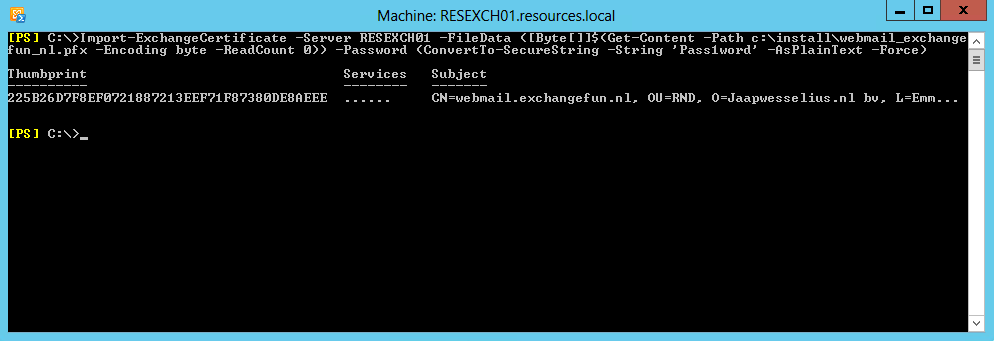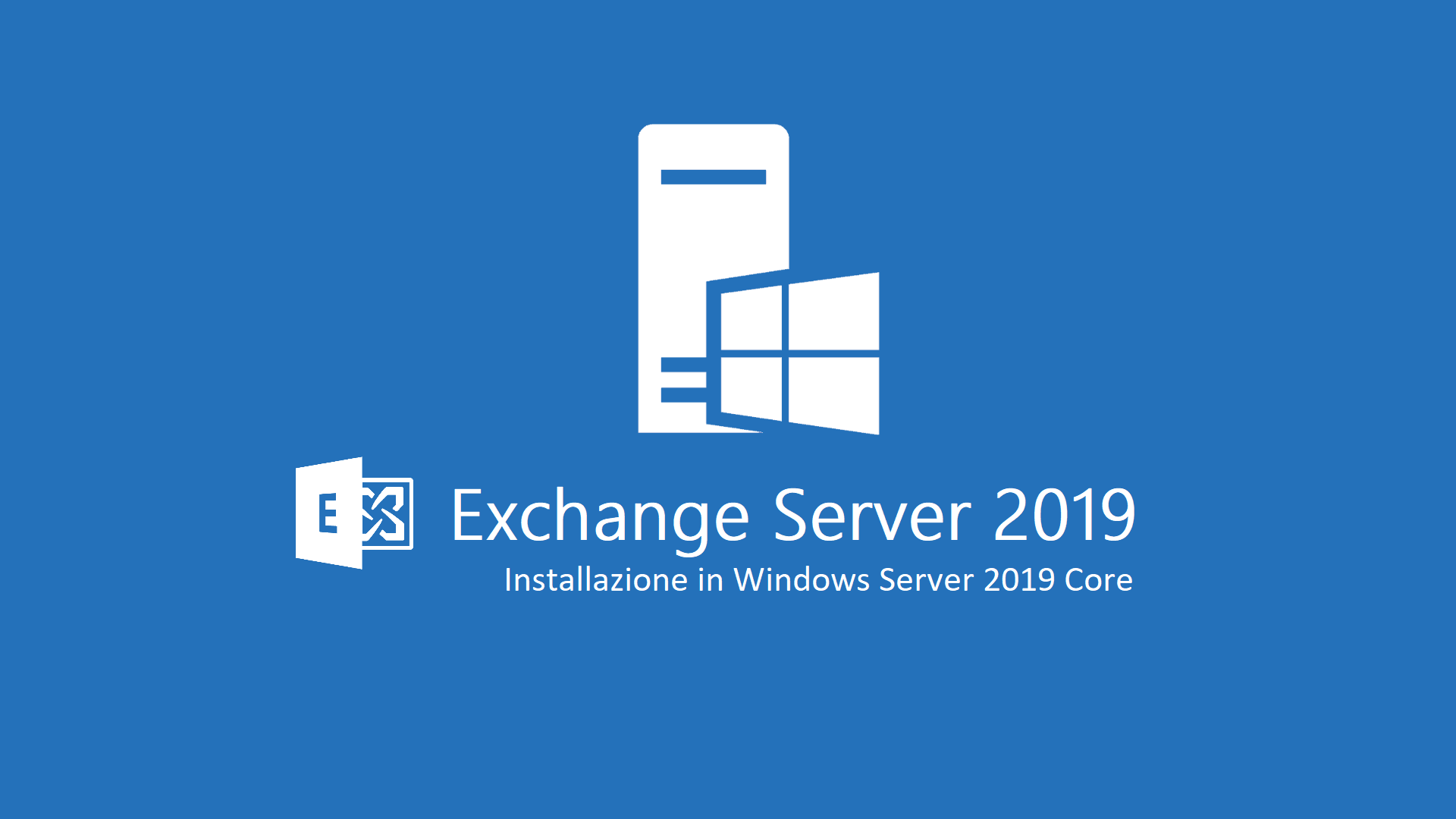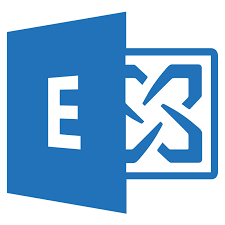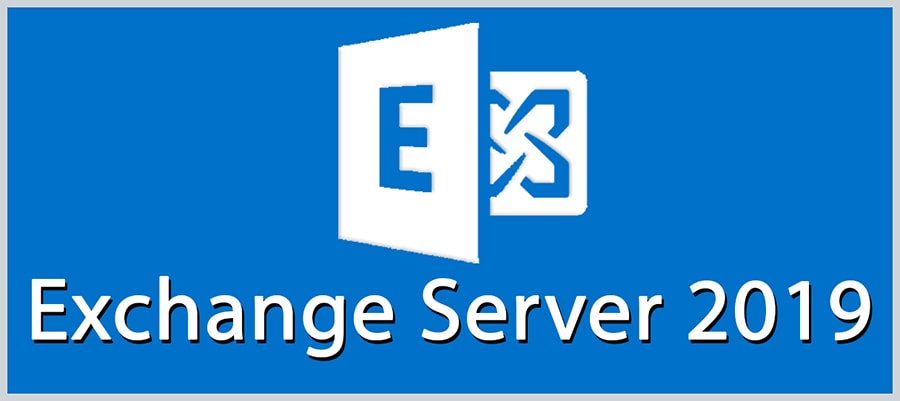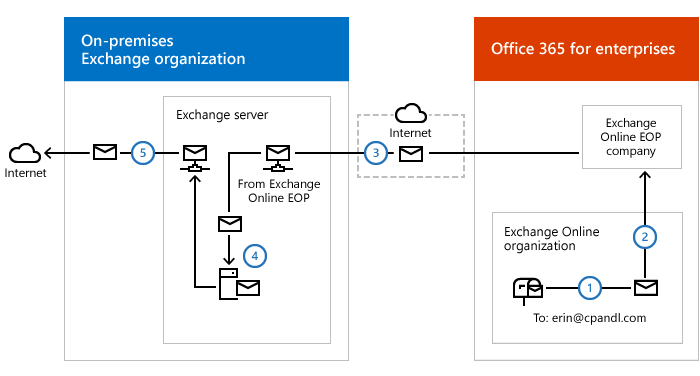Email Security - How to Protect Against CFO Fraud
Everybody receives spam and phishing email. Most of the time they are easy to recognize and just annoying, but sometimes there’s phishing email that’s harder to detect by eye. Imagine you’re the CFO of a company and you receive an email from your CEO where he asks to transfer $ 50,000 to an account. And you cannot talk about it, because it is for an unannounced acquisition.



